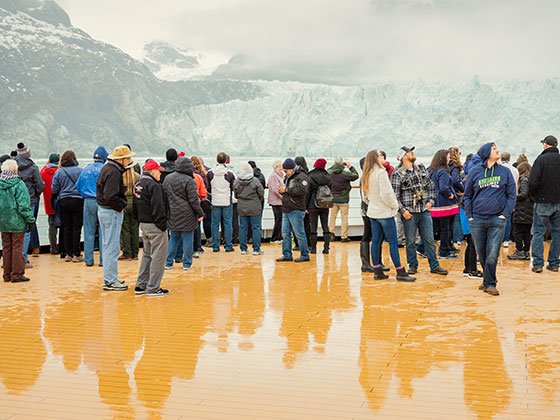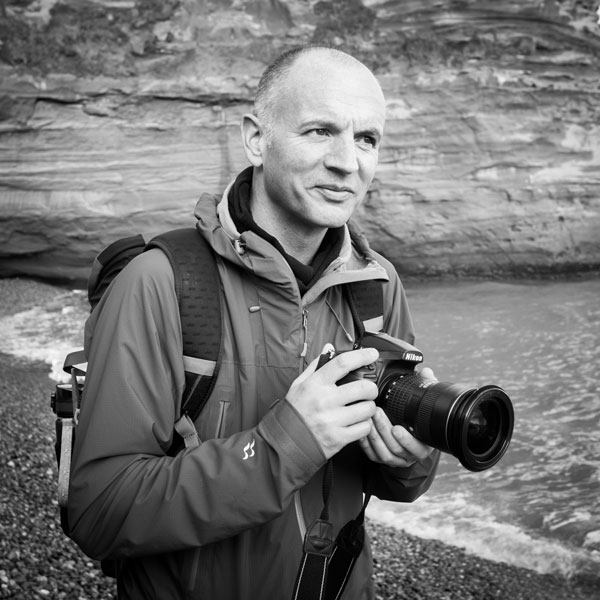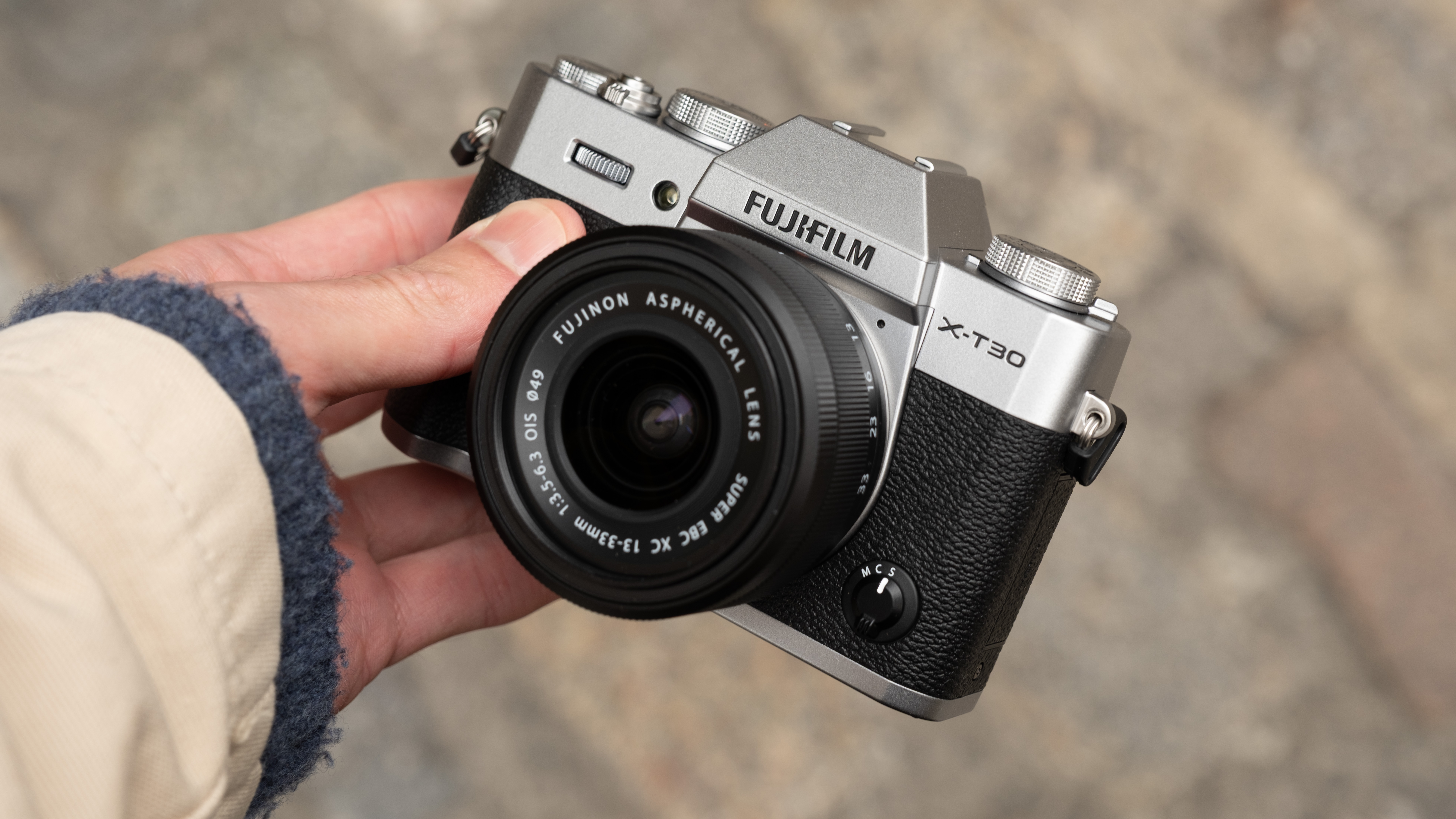The art of seeing #28: Take a step back to look at the bigger picture
Benedict Brain realizes much of his work is concerned with the human relationship with the land and the environment


Benedict Brain is a UK-based photographer, journalist and artist. He is an Associate of the Royal Photographic Society and sits on the society’s Distinctions Advisory Panel. He is also a past editor of Digital Camera Magazine.
As we find ourselves in further lockdown, mini projects like this one from my Art of Seeing series can be great boredom breakers and can provide you with ways to hone your skills.
Whenever you take a photograph, you make a conscious decision about what to leave in and what to leave out of the frame. And what you leave in, where you choose to stand, and which angle you choose... all have an influence on the way an image will be seen and interpreted.
This image was made in Glacier Bay in Alaska last summer. Most folks, including me, were jockeying for position against the railing to get ‘The Shot’ of the glacier in all its magnificent glory, maybe even capture it calving – it is a sight to behold. However, for me, the far more interesting image – and the one I’m pretty sure would have been overlooked by most – was revealed by taking a few steps back and making a conscious decision to include a human element into the scene.
I like the way the composition is roughly divided into thirds: the top third, occupied by the glacier; the middle section, a swathe of tourists; and the foreground, revealing the wet deck of the ship. The deck also reflects the humans from the middle of the frame. It’s a tableau that perhaps speaks to the human relationship with the natural world. I think it’s reasonable to assert that this photograph has something to say, in
a way that a pretty picture of the glacier taken from the sought-after vantage point of the railing could not. As a metaphor, the image could suggest that the glacier is melting through the humans in the middle to form a wet puddle. I find this fascinating.
I think it is interesting to see how we can use photography to not only capture stunning vistas, but also as a means of communication, a way to ask questions. I’ve come to realize that much of my work is concerned with the human relationship with the land and the environment. When I look back at the images I have made, especially over the last couple of years, I see this relationship as a recurring theme, a theme that will inform and underpin my subsequent work, wherever I happen to be in the world.
• Other articles in the Art of Seeing series
Read more:
• The 50 best photographers ever
• 100 best photography quotes from famous photographers
• The best coffee-table books on photography
The best camera deals, reviews, product advice, and unmissable photography news, direct to your inbox!
Benedict Brain is a UK based photographer, journalist and artist. He graduated with a degree in photography from the Derby School of Art in 1991 (now University of Derby), where he was tutored and inspired by photographers John Blakemore and Olivier Richon, amongst others. He is an Associate of the Royal Photographic Society and also sits on the society’s Distinctions Advisory Panel.
Until July 2018 Benedict was editor of Britain’s best-selling consumer photography magazine, Digital Camera Magazine. As a journalist he met and interviewed some of the world’s greatest photographers and produced articles on a wide range of photography related topics, presented technique videos, wrote in-depth features, curated and edited best-in-class content for a range of titles including; Amateur Photographer, PhotoPlus, N-Photo, Professional Photography and Practical Photoshop. He currently writes a regular column, The Art of Seeing, for Digital Camera magazine.

